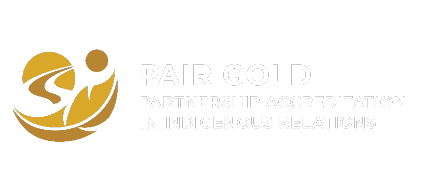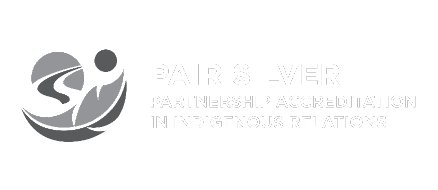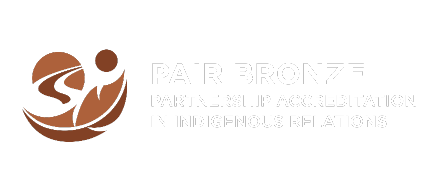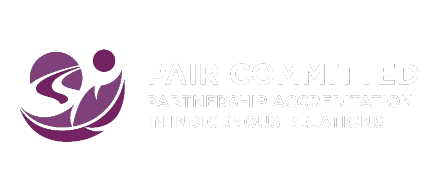PAIR is an online management and reporting program that supports progressive improvement in Indigenous relations, and a certification program that confirms corporate performance in Indigenous relations at the Bronze, Silver or Gold-level.
Since being introduced in 2001, PAIR, formerly known as the Progressive Aboriginal Relations (PAR) program, remains the premier corporate social responsibility program with an emphasis on Indigenous relations.












